A Guide to Repairing a Running Toilet
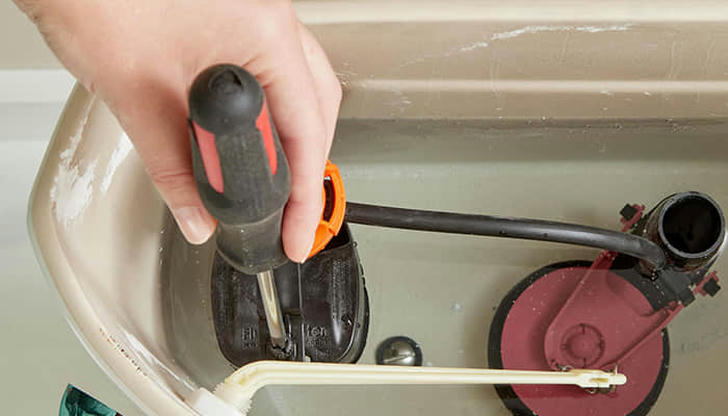
A running toilet is more than just an inconsiderate household problem as it can potentially waste considerable water, driving your utility bills sky-high. On the bright side, repairing a running toilet isn't as tricky as you think. In this guide, we'll take you through an easy, step-by-step process of identifying and fixing the issue for yourself.
Why Repairing a Running Toilet Matters
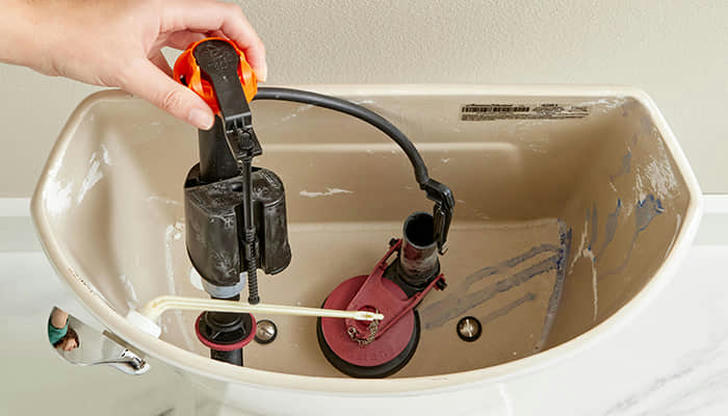
A faulty toilet can lose up to 200 gallons of water daily, wasting money and harming the environment. Instead of hiring a plumber, you can fix the problem with essential tools and spare parts.
Tools and Materials Required
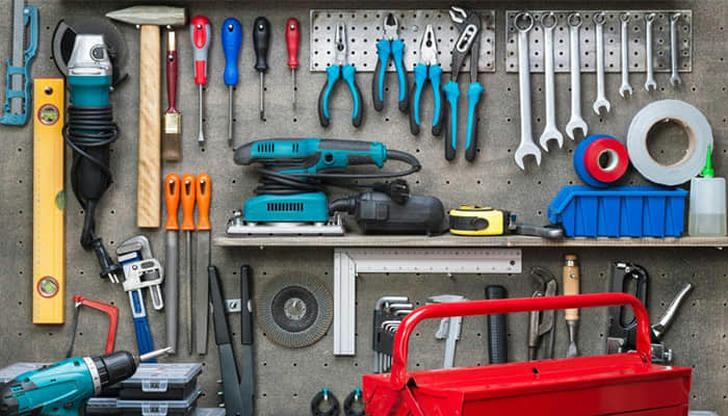
- Adjustable wrench
- Screwdriver
- Spare flapper valve
- Fill valve replacement kit
- Plumber's tape
- Sponge or towel (for cleaning)
Step 1: Identify the Cause of the Running Toilet
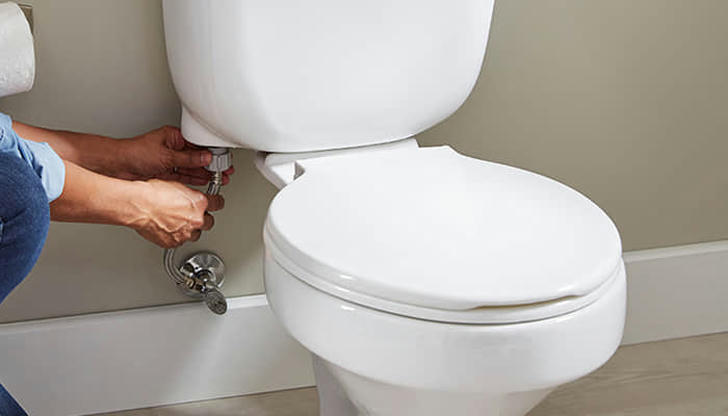
A running toilet is usually due to one of the following:
- A misaligned or worn-out flapper (the rubber device that seals off the water within the tank).
- A faulty fill valve (the mechanism that controls water flow into the tank).
- A chain that's too long or too short (keeping the flapper from closing or remaining open).
- Water level issues (if the float is too high, water always flows into the overflow tube).
To determine the source of the issue, remove the tank cover and observe what happens when you flush.
Step 2: Repair or Replace the Flapper
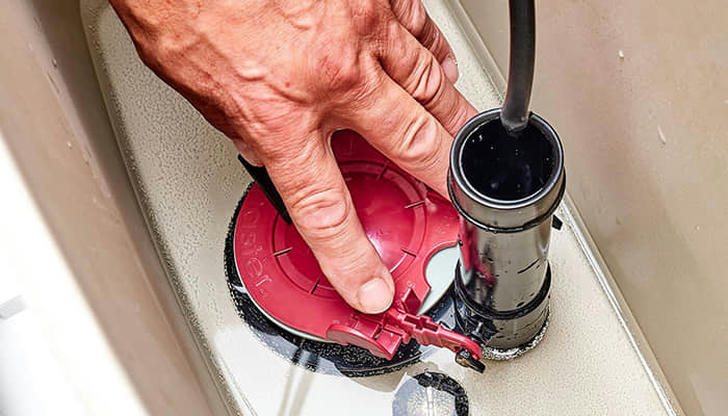
- Turn off the water supply by locating the shutoff valve (usually behind or to the side of the toilet) and turning it clockwise.
- Flush the toilet to drain the water in the tank.
- Remove the old flapper by pulling it off the flush handle chain.
- Check for damage—if the flapper is warped, cracked and not seated properly, it must be replaced.
- Install the new flapper so that it forms a proper seal.
- Turn the water supply back on and test by flushing.
If the running stops, you've successfully fixed the problem! If not, move on to the next step.
Step 3: Adjust or Replace the Fill Valve
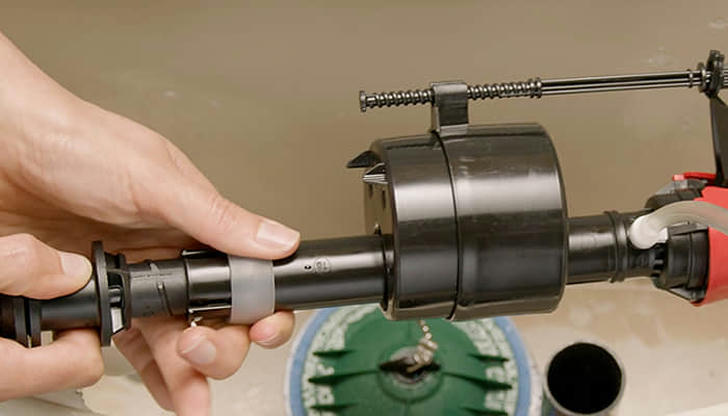
- Turn off the water supply again.
- Drain the tank by flushing the toilet.
- Check the fill valve—it's usually located on the left side of the tank.
- Adjust the float height—reduce it by rotating the adjusting screw or by pushing the float clip down if it is too high.
- Replace the fill valve if it is broken, remove it and put a new fill valve in according to the manufacturer's instructions.
- Restore the water supply and check if the toilet will shut off.
Step 4: Adjust the Chain Length
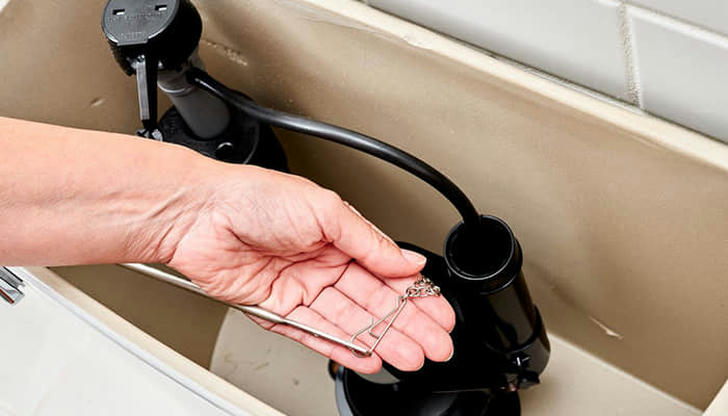
- Raise the toilet tank and check the length of the chain.
- If too short, the flapper won't close properly, causing continuous water flow.
- If too long, the chain gets caught under the flapper and won't form a tight seal.
- Adjust the chain length by trimming unnecessary links or moving the hook.
- Flush the toilet to see if the adjustment fixes the problem.
Step 5: Inspect the Overflow Tube
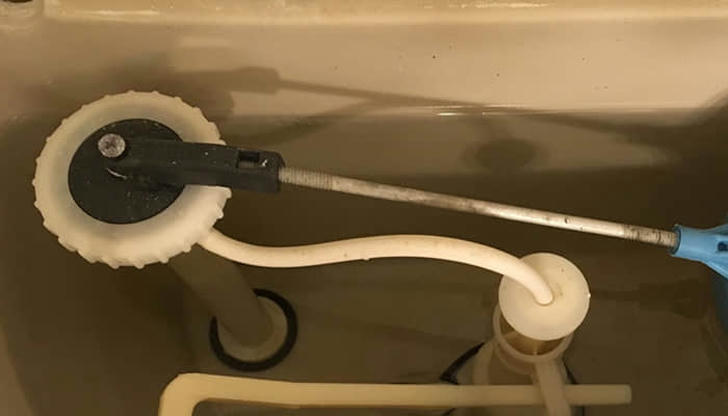
- Locate the overflow tube—it's a straight tube that is vertical and is inside the tank.
- Adjust the float so that the water level is roughly 1 inch below the top of the tube.
- If the overflow tube is cracked or damaged, replace it to prevent further leaks.
Final Checks and Testing
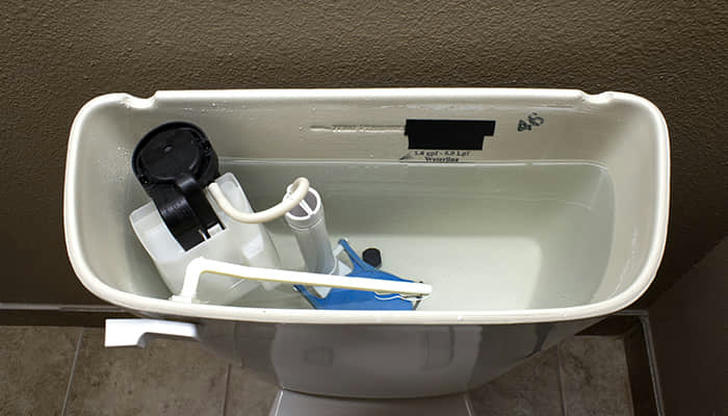
After completing the repairs, perform a final test:
- Flush the toilet and observe the water flow.
- Ensure the flapper closes appropriately.
- Confirm the fill valve shuts off at the correct water level.
- Listen for any lingering running water sounds.
If everything looks good, congratulations—you've successfully fixed your running toilet!
When to Call a Plumber
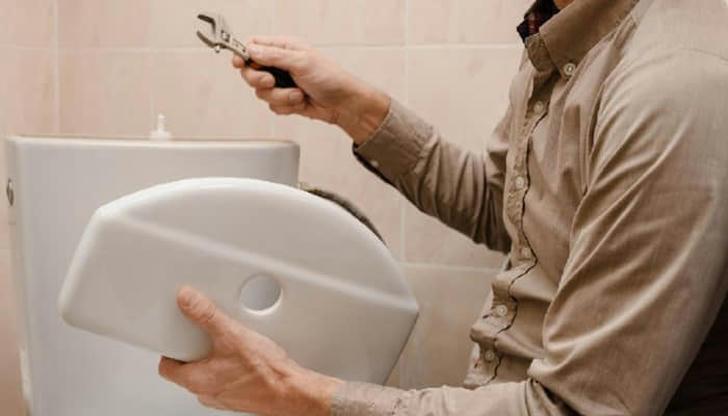
If you've gone through all the steps listed above and cannot make your toilet stop running, the problem may be a less-easy-to-spot plumbing problem, such as:
- A faulty tank
- Worn-out internal components
- Hidden leaks
In such instances, professional assistance is always advisable.
Preventive Maintenance Tips
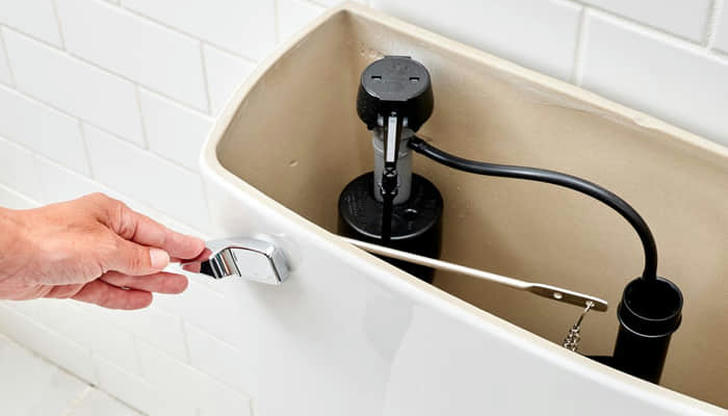
To prevent future running toilet issues:
- Habituate yourself to check the flapper periodically for undue wear and tear.
- Make necessary adjustments in the fill valve and float.
- De-scale the mineral deposits of the toilet tank.
- Inspect the chain and ensure it operates as expected.
With proper care, you'll save money on repairs and be able to use your toilet more efficiently.
Final Thoughts
Fixing a running toilet is easy, saves water bills and prevents plumbing headaches. With a few tools you likely already have and some time, you can diagnose and fix most toilets without calling a plumber.
The next time you notice your toilet running continuously, don't worry—follow this guide and fix it like a pro!
